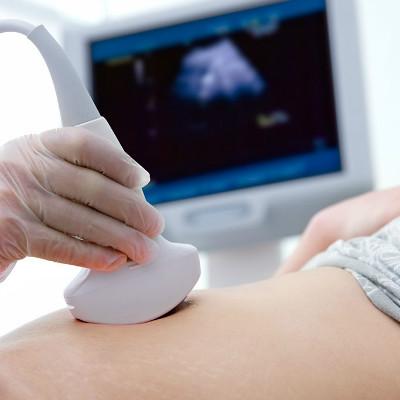What are the symptoms of intrauterine infection during pregnancy?
summary
Intrauterine infection means that the pathogen infects the fetus through the placental barrier of pregnant women, blood flow, lymphatic circulation or contaminated amniotic fluid. Pregnant women infected with these pathogens, although the vast majority of no obvious symptoms, but can cause fetal infection, leading to abortion, stillbirth, or neonatal infection, causing congenital defects or death. What are the symptoms of intrauterine infection during pregnancy? Let's talk about it.
What are the symptoms of intrauterine infection during pregnancy?
People with certain medical knowledge will shudder when they hear about TORCH infection in newborns. Because it means that children may have congenital malformations or diseases of various organs of the body. TORCH infection includes a group of perinatal chronic non bacterial infections: t is Toxoplasma gondii, R is rubella virus, C is cytomegalovirus, h is herpes simplex virus, and O is other (such as coxsackievirus, Treponema pallidum, etc.). Due to the different time and pathogen of intrauterine infection, the symptoms of children are not consistent, some may have no obvious symptoms, some may have systemic symptoms soon after birth, and the serious cases may lead to death.
Such as intrauterine growth retardation (birth weight is significantly lower than the same gestational age), anemia, skin bleeding point, jaundice, microcephaly, hydrocephalus, chorioretinitis, cataract, microphthalmos, hepatosplenomegaly, pneumonia, congenital heart disease, etc., are collectively referred to as torch syndrome. Generally speaking, Toxoplasma infection can cause extensive cerebral calcification, hydrocephalus, chorioretinitis; Rubella virus infection is easy to cause heart deformity and cataract; Cytomegalovirus infection can cause central nervous system damage, infantile hepatitis syndrome, pneumonia and deafness; Herpes simplex virus infection may include skin herpes, conjunctival keratitis, etc. encephalitis may occur in severe cases 1-4 weeks after birth; Congenital syphilis often has skin and mucous membrane damage, bone lesions, glaucoma; Coxsackie virus infection often leads to myocarditis.
So far, the prevention measures of intrauterine infection are not perfect. For cytomegalovirus infection, high valent immunoglobulin and inactivated vaccine are ineffective, and the application of live attenuated vaccine is still difficult; For herpes simplex virus and Toxoplasma gondii infection, these two vaccines are under development; For rubella virus infection only, live attenuated rubella vaccine is available. Girls aged 15 months to 12 can be injected once, but pregnant women can not use it. Therefore, the prevention of TORCH infection should focus on the personal hygiene and protection of pregnant women. For example, pregnant women should avoid contacting torch patients or animals during pregnancy; Do not eat uncooked meat food, let alone raw meat; Wear gloves when touching raw meat and handling cat and dog faeces, and wash hands carefully and repeatedly at least afterwards; For domestic cats and dogs, they should also be fed cooked food. In addition, it is important to screen pregnant women for TORCH infection. If infection is found in early pregnancy, termination of pregnancy can be considered; Pregnant women with syphilis and toxoplasmosis should be treated; Pregnant women with genital tract cytomegalovirus, herpes simplex virus infection, cesarean section should be performed.
matters needing attention
It should be noted that even if the baby is not infected in the uterus, it can be infected by the hands, droplets, appliances, clothing of the nursing staff, and even the mother's milk and blood transfusion. Therefore, we should strengthen the management of medical staff, and transfer them from their posts immediately once they are found to have virus carriers. Blood transfusion personnel should be screened for TORCH infection to prevent blood borne infection. If virus is found in the milk of lactating mother, breast-feeding should be stopped.












